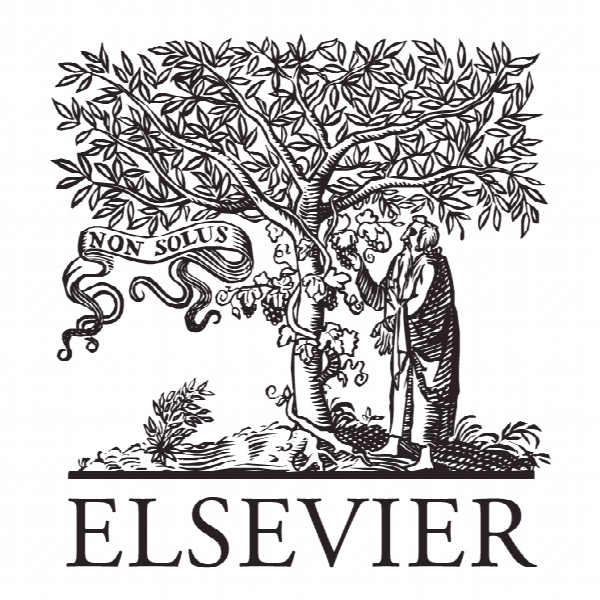دینامیک شهود کارشناسی و تیمی در پروژه های NPD: نقش آشفتگی های محیطی و قدرت کارشناسی The dynamics of expert and team intuition in NPD projects: The role of environmental turbulence and expert power
- نوع فایل : کتاب
- زبان : انگلیسی
- ناشر : Elsevier
- چاپ و سال / کشور: 2017
توضیحات
رشته های مرتبط مدیریت
مجله مدیریت مالی چند ملیتی – Journal of Multinational Financial Management
دانشگاه دانشکده مدیریت، موسسه تکنولوژی آسیا، تایلند
نشریه نشریه الزویر
مجله مدیریت مالی چند ملیتی – Journal of Multinational Financial Management
دانشگاه دانشکده مدیریت، موسسه تکنولوژی آسیا، تایلند
نشریه نشریه الزویر
Description
1. Introduction Human beings are social entities who need to interact with other people in their societies (Rook, 1984). This concept can be traced as far back as Aristotle, and was then reinforced by Charles Darwin. Today it is still an accepted phenomenon in modern sociology, psychology and ethnography (Batson, 1990). When this human social entity interacts with a specific society, he or she is influenced by various environmental factors (Kollmuss & Agyeman, 2002). These include various political, social, cultural, technological and economic factors that influence the individual’s perceptions, attitudes, and behavior, all of which affect the way that person reacts to a situation (Hansen & Wernerfelt, 1989). The notion of an environment’s influence on an individual’s perceptions, attitudes, behavior and decision making is also found in the team setting (Sebanz, Bekkering, & Knoblich, 2006; Zarraga & Bonache, 2003). Like, in new product development (NPD) team context, the team’s goals, processes and decision making are influenced by various environmental factors (Ozer, 2005). NPD team members usually operate in a turbulent environment (Dayan & Elbanna, 2011). A turbulent environment is characterized by intense competition, technological and environmental uncertainty and rapid changes in an organization’s external environment (Dess & Beard, 1984). Since this kind of turbulent environment requires the NPD team to be more responsive to market needs, the team has to make decisions rapidly (Cooke, Salas, Kiekel, & Bell, 2004). Most NPD teams are cross-functional in nature to effectively tackle such turbulent environment (Zirger & Hartley, 1996). Each cross-functional team member is an expert in his or her particular domain (Uhl-Bien & Graen, 1998). Eppinger and Ulrich (1995) defined a cross-functional NPD team as a group of experts from various functional areas who are brought together to achieve a common new product development goal. These experts apply individual cognition when working in a team setting, and also collectively share a common team cognition (West, 2007).


